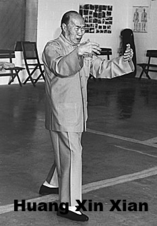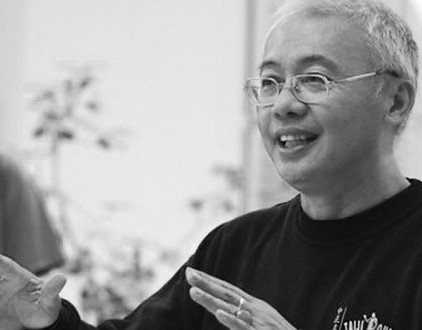Initially Tai Chi can often be overwhelming and confusing, but don't worry this page is here to help. Once we have an understanding of the basic posture and breathing we can begin to delve into the underlying principles of Tai Chi. This process changes the way we practice the form and over time the movements becomes more internal and the health benefits increase. If Tai Chi is practiced as just an external physical movement then we could just as easily go hiking or swimming. What makes Tai Chi superior is its emphasis on awareness and the internal feelings within the body.

Wee Kee Jin tells us that to practice the form correctly 4 conditions need to be present.
- Calmness (Jin) Without calmness we can't feel the body, as Tai Chi relies on body awareness as a means to relax and create movement, calmness is a prerequisite for practice.
- Stillness (Ding) Stillness here refers to both the body and mind, neither should be allowed to wander as this will disperse the Qi.

- Relaxation (Song) The relaxation here is deeper than we think. The original Chinese term used in the classics is Fangsong which could more literally be translated as let go rather than purely relax. What is meant is a loosening of the body and a letting go of all unnecessary tension. However this should be created by using the awareness.
- Sinking (Chen) Once we are relaxed then we can sink. Sinking involves both physical sinking, we accomplish this by relaxing the shoulders and seating the hips so the body is more connected. Then we can mentally sink allowing the awareness to create relaxation and a sinking feeling from the top of the head all the way to the feet.